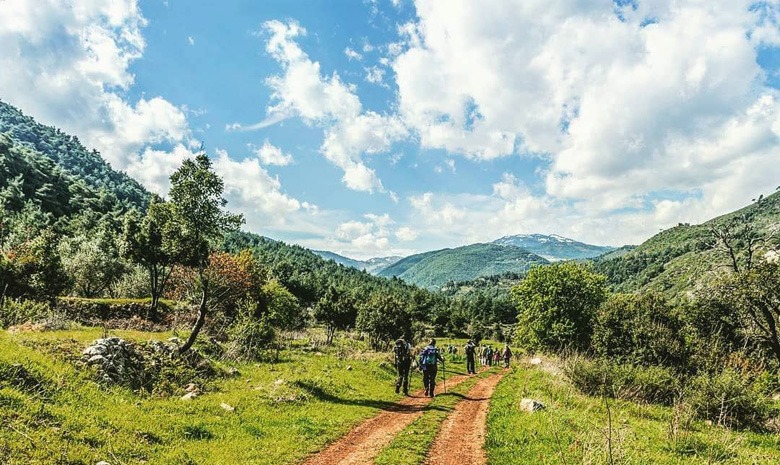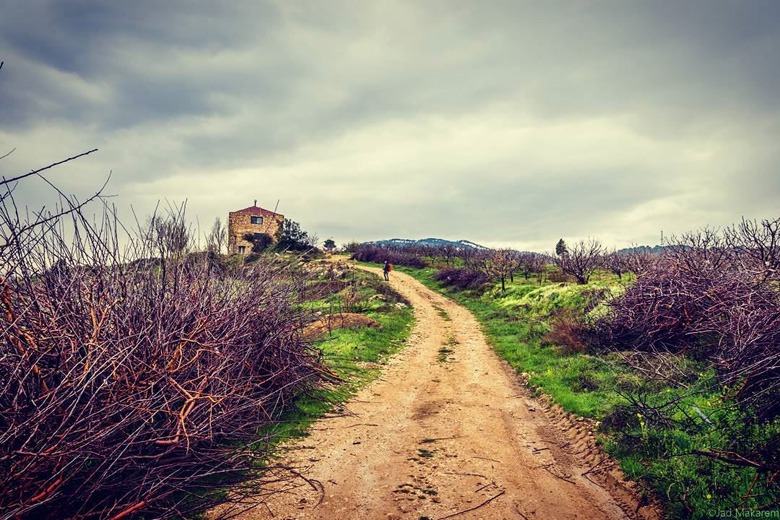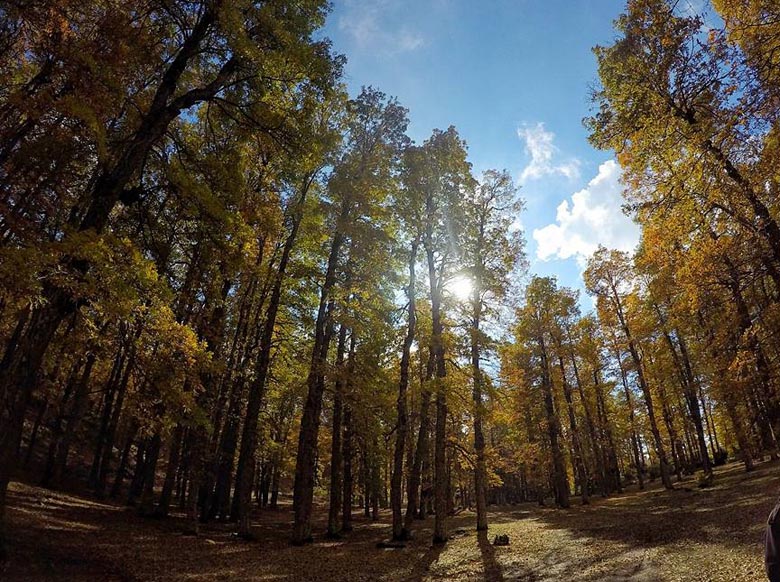Akkar is a region where ancient history and rural landscapes merge. Visit this stunning northern district to escape the urban noise.
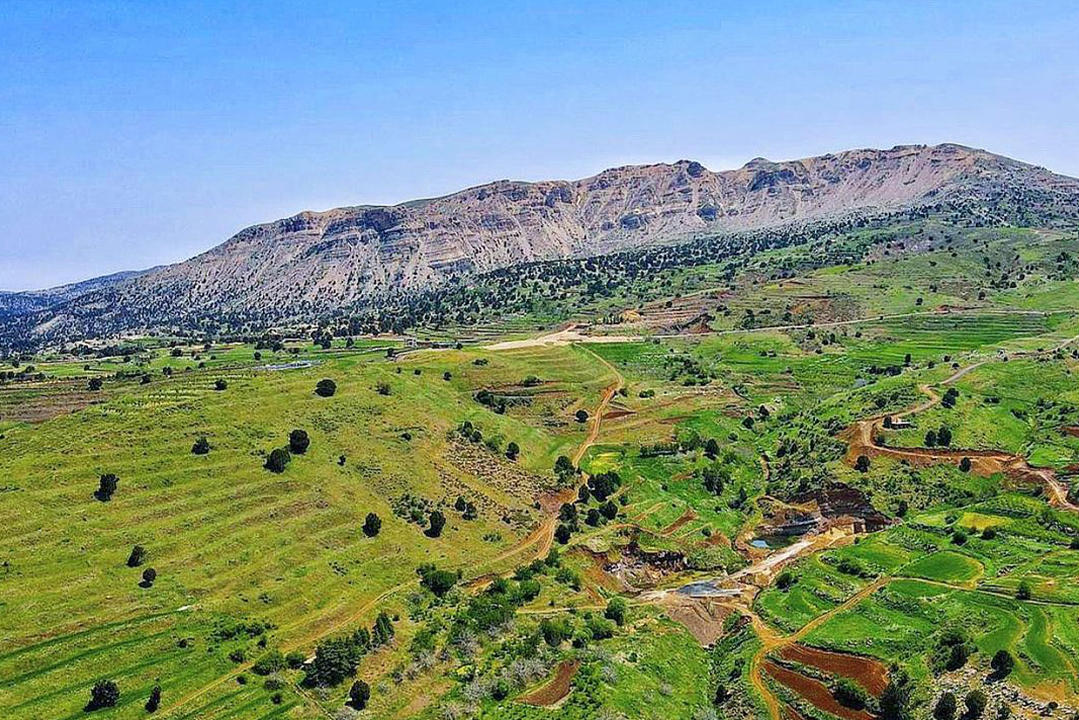
Photo – Osman Taleb
Go on a Bike Ride
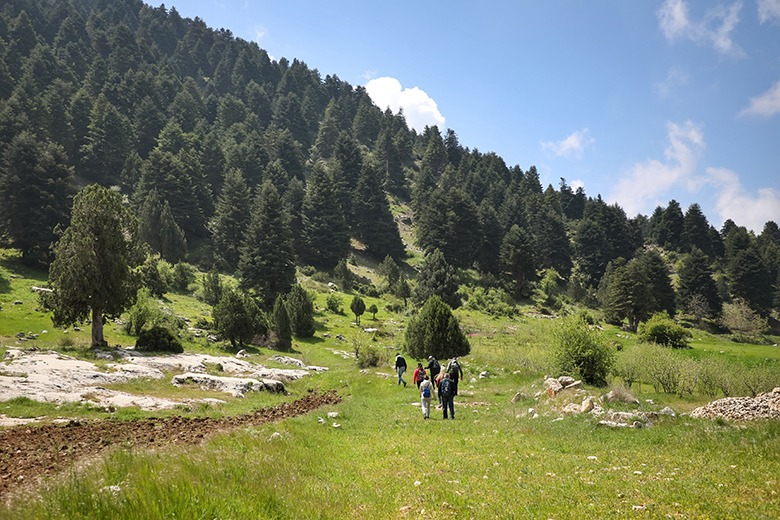
Photo – Nidal Majdalani
Discover Akkar’s beautiful coastal strip by bike, on flat internal roads that stretch over a distance of 41 kilometers. Visit sites off-the-beaten-track, meet local Bedouins, visit salt extraction sites and horse farms, and pass by the Ostwane and Arka rivers, lined with old bridges along the Lebanese-Syrian border.
Visit Kobayat
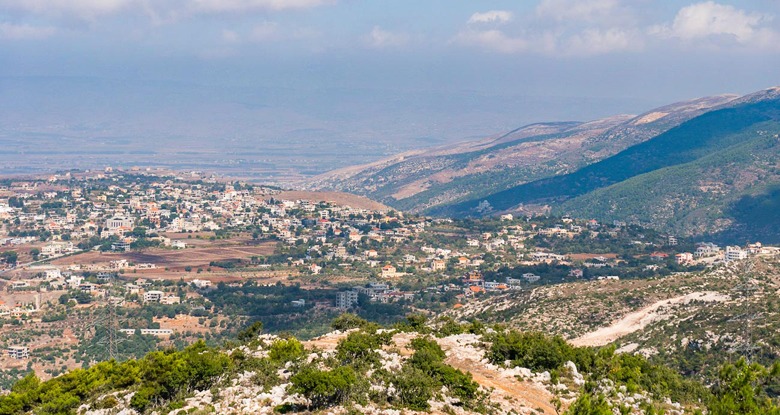
Photo – baltounis.com
Kobayat, located 140km north of Beirut, is the biggest Christian village in the Akkar region and worth a visit. Kobayat’s Scientific Permanent Museum for Animals, Birds and Butterflies (+961 6 350 004, kobayat.org) has amassed an impressive collection of 161 bird and 23 animal species from Lebanon, along with an encyclopedic 4,000-strong butterfly collection, from all over the world. The town’s long-abandoned silk factory, which closed its doors 1958, and the mansion of the Daher Family are fine testaments to the traditional architecture of the area.
Discover Hiking Trails Delineated by Local Students
J’aime ma Forêt was launched by Mada Association and 33 North to bring students from Meshmesh public school on board to delineate hiking trails that highlight the natural capital of the area. More than six trails of different levels and distances await exploration through the rich scenery, with the help of guides from local environmental association, Baldati Biaati.
Contact Nazih Qamaredine (+961 3 335 538)
Visit Aandket
In Aandket, four ancient water mills situated along the riverbed were once used to grind wheat into flour for bread. Now owned by the Khoury, Nassim, Fakhr and Naffah families, some are thought to date back to before the 19th Century. The nearby silk factory was built in 1898 by Youssef Rahmeh Al Bcharrani, and lies next to a river bed south of Aandket.
Though the factory closed at the beginning of the French mandate, its history still lives in the memories of local villagers, many who worked in the silk factories and share fascinating tales about those early days. Ancient churches that reveal the heritage of the area can also be found in Aandket. St. Challita church was built way back in 1538 and is classified by the Ministry of Tourism as an archeological site; the St. Joseph Monastery was built in 1887 under the guidance of Father Barnier and the Church of our Lady of the Poor was built in 1852.
Walk Through the Iron Oak Forest
The Qamouaa plain and the iron oak forest is one of the most stunning areas to explore in the region. The biggest forest reserve in Lebanon has some 10 million trees of 46 different species, as well as hundreds of shrubs and thousands of flowers. The forest in Fanidiq is considered unique in its beauty and diversity, with over 400,000 trees made up of iron oaks, junipers and cedars, at an altitude of 1,600m above sea level. The trees were heavily logged, most notably during World War II, when the British army purchased wood to make logs in order to build the Orient Express Railway.
Who to Contact
Alternative tourism operator 33 North is a specialist in the Akkar region.
33-north.com, +961 71 331 138 / +961 3 454 996
Article published on September 26, 2021
Article updated on October 12, 2021


